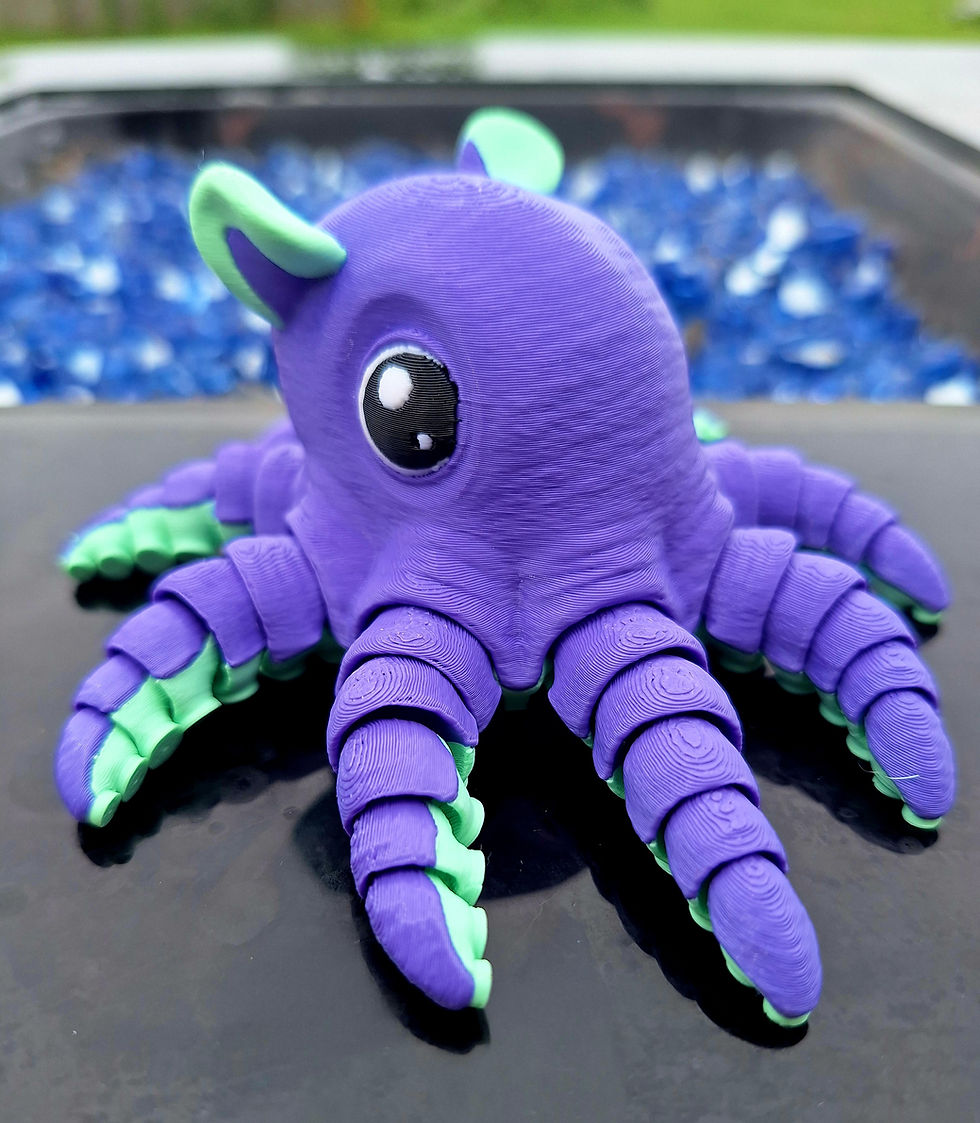🌿 How to Create a Calm-Down Corner
- WeBe Sensory

- Jun 30
- 3 min read

A Safe Space to Feel Big Feelings
We all need a break sometimes. For neurodivergent kids (and adults!), sensory overload, emotional dysregulation, or just too much happening at once can make it hard to stay calm, focused, or connected.
That’s where a calm-down corner comes in.
Also called regulation stations, quiet corners, or sensory nooks, these cozy, low-pressure spaces give people a place to pause, process, and regulate their nervous systems—without punishment or shame.
Ready to create your own? Here's how!
🧠 Why Calm-Down Corners Work
Neurodivergent brains often process emotions and sensory input differently. A calm-down corner:
Offers a predictable place for self-regulation
Reduces overwhelm by lowering stimulation
Builds emotional literacy and independence
Gives kids a safe space to feel without judgment
Prevents meltdowns by offering an early escape route
It’s not a time-out. It’s a tool for support.
🪑 Step 1: Choose the Right Location
Pick a spot that feels:
Quiet and out of the way
Visually calm (not cluttered or overstimulating)
Easy to access when needed (but not in the middle of traffic)
Good options: a corner of a bedroom, classroom, therapy office, or even a tent or under a table.
🧺 Step 2: Make It Cozy and Inviting
You want the space to say, “It’s okay to take a break.”
Add:
Soft seating (bean bag, floor cushion, or small chair)
A blanket or weighted lap pad
Soft lighting or a dimmable lamp
Optional: noise machine, headphones, or calm music
Let the person using it help decorate—it builds ownership and trust.
🧸 Step 3: Stock It With Sensory Tools
Tailor your calm-down corner to the person’s unique needs. A mix of tools can help support different types of regulation:
🔹 Tactile:
Fidget toys
Stress balls
Putty or playdough
Textured fabric or sensory swatches
🔹 Visual:
Calm-down bottles
Picture books or emotion charts
Glitter jars or lava lamps
🔹 Auditory:
Noise-reducing headphones
Mini sound machine
Guided meditation cards
🔹 Oral:
Chewelry
Crunchy snacks or sucking straws
Water bottle with straw or spout
🗣️ Step 4: Include Regulation Prompts
Some kids (and adults) need visual or verbal guidance in the moment. Try:
“How Do I Feel?” charts (faces + feelings)
Breathing cards (“Smell the flower, blow the candle”)
Visual coping strategies (“Hug a stuffed animal,” “Ask for help,” “Count to 10”)
A mirror for facial awareness and expression
Bonus: Include a “When I’m Ready” sign or card they can use to signal when they feel regulated and want to rejoin others.
💛 Step 5: Normalize and Empower
Calm-down corners should never be used as punishment. Instead, talk about them as a safe tool, available anytime—not just when emotions explode.
Try saying:
“It’s okay to take a break when your brain feels full.”
“Everyone needs space sometimes—even grownups.”
“This is your space. You get to choose how and when to use it.”
Celebrate when they use it before a meltdown—this is regulation, not avoidance!
🧠 Calm-Down Corners Work for All Ages
Adults need regulation, too. Whether it’s a reading chair in your office, a weighted blanket on the couch, or a quiet moment in the bathroom—everyone benefits from sensory-safe pause points.
You’re never too old to say: “I need a break.”
🌈 Final Thoughts
A calm-down corner isn’t about fixing behavior. It’s about giving people the tools to navigate big feelings with dignity.
When we create space for emotional safety, we teach kids—and ourselves—that regulation is not a weakness. It’s a superpower.
✨ Want tools to fill your calm-down corner?
Check out our WeBe Wonderbox™—a monthly box full of fidgets, sensory tools, visual prompts, and calming aids curated by age and sensory needs. 💛



Comments